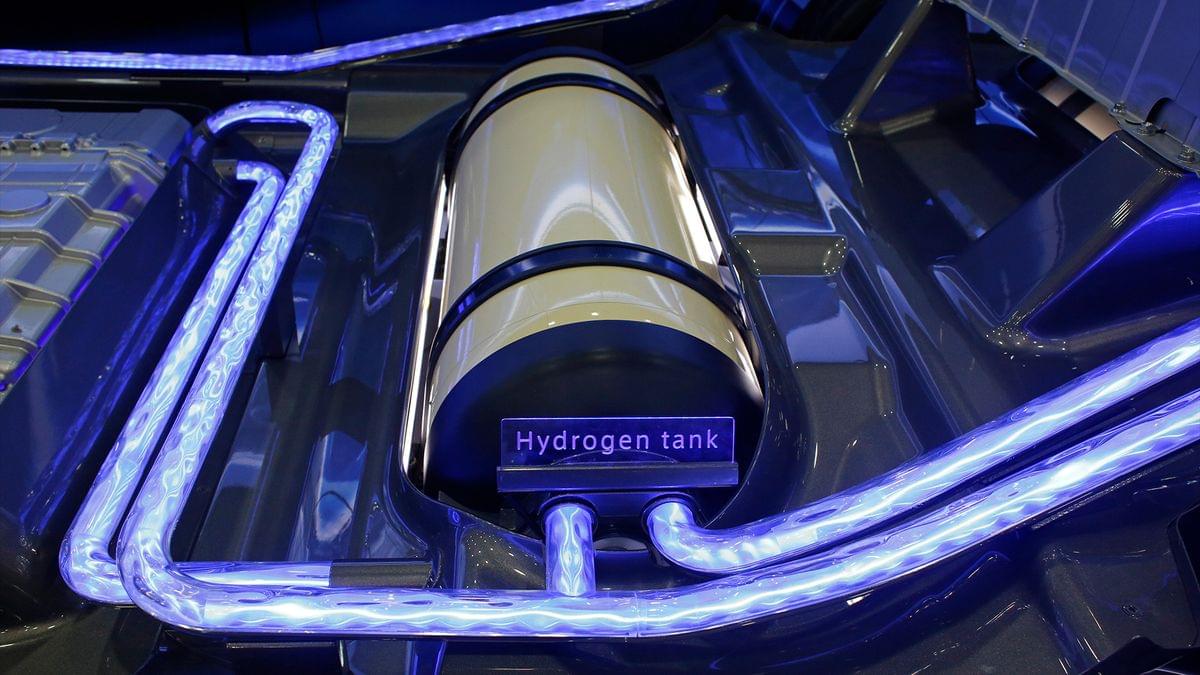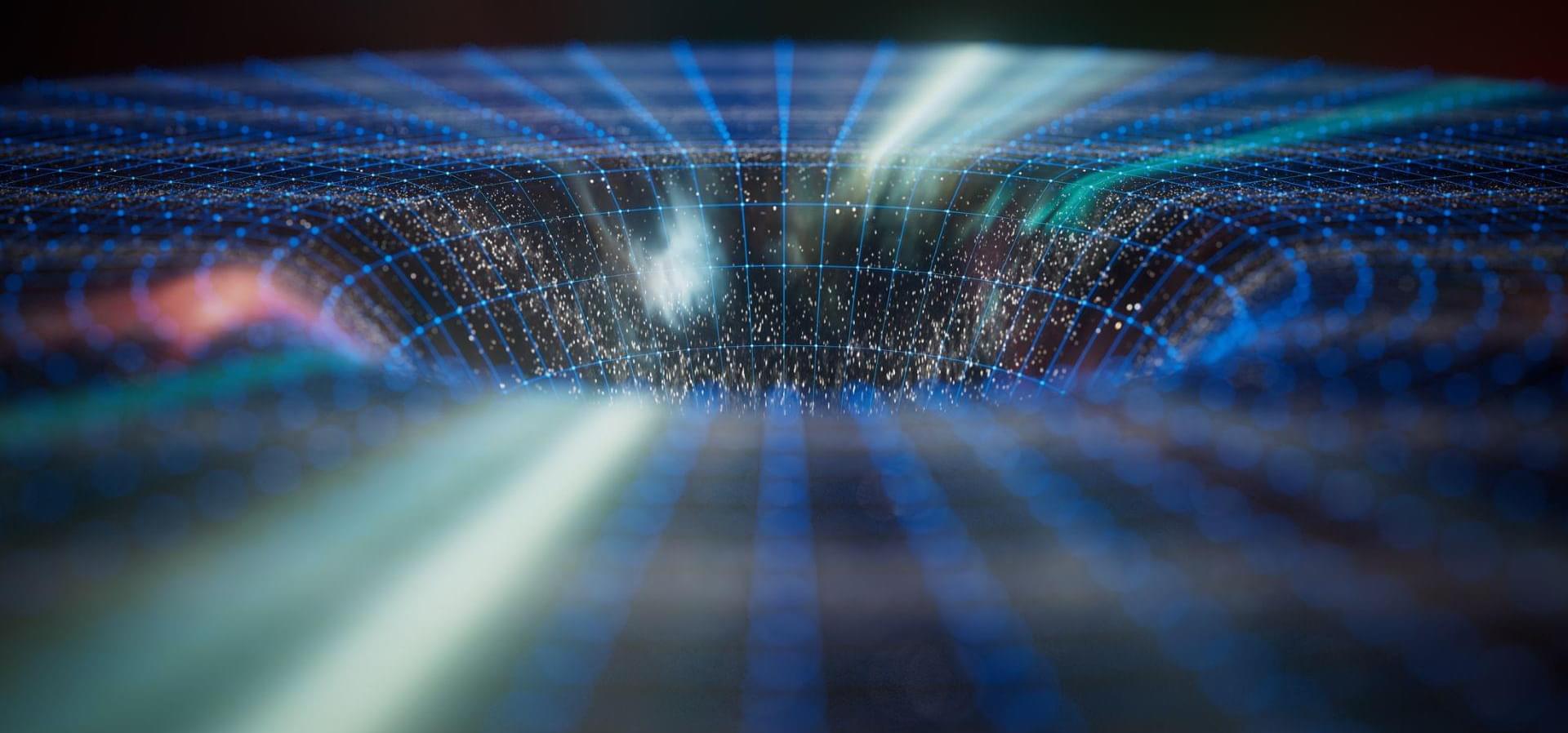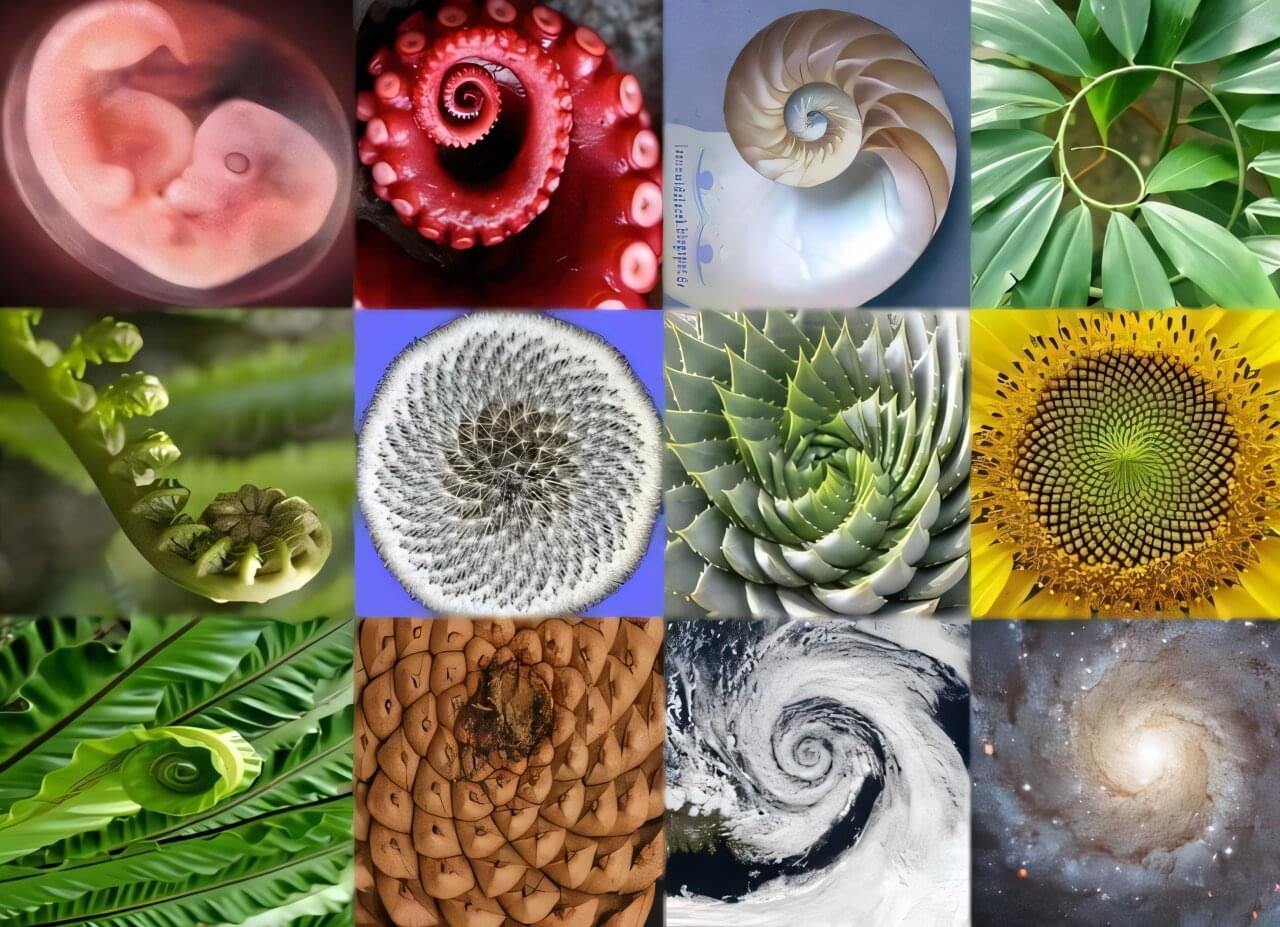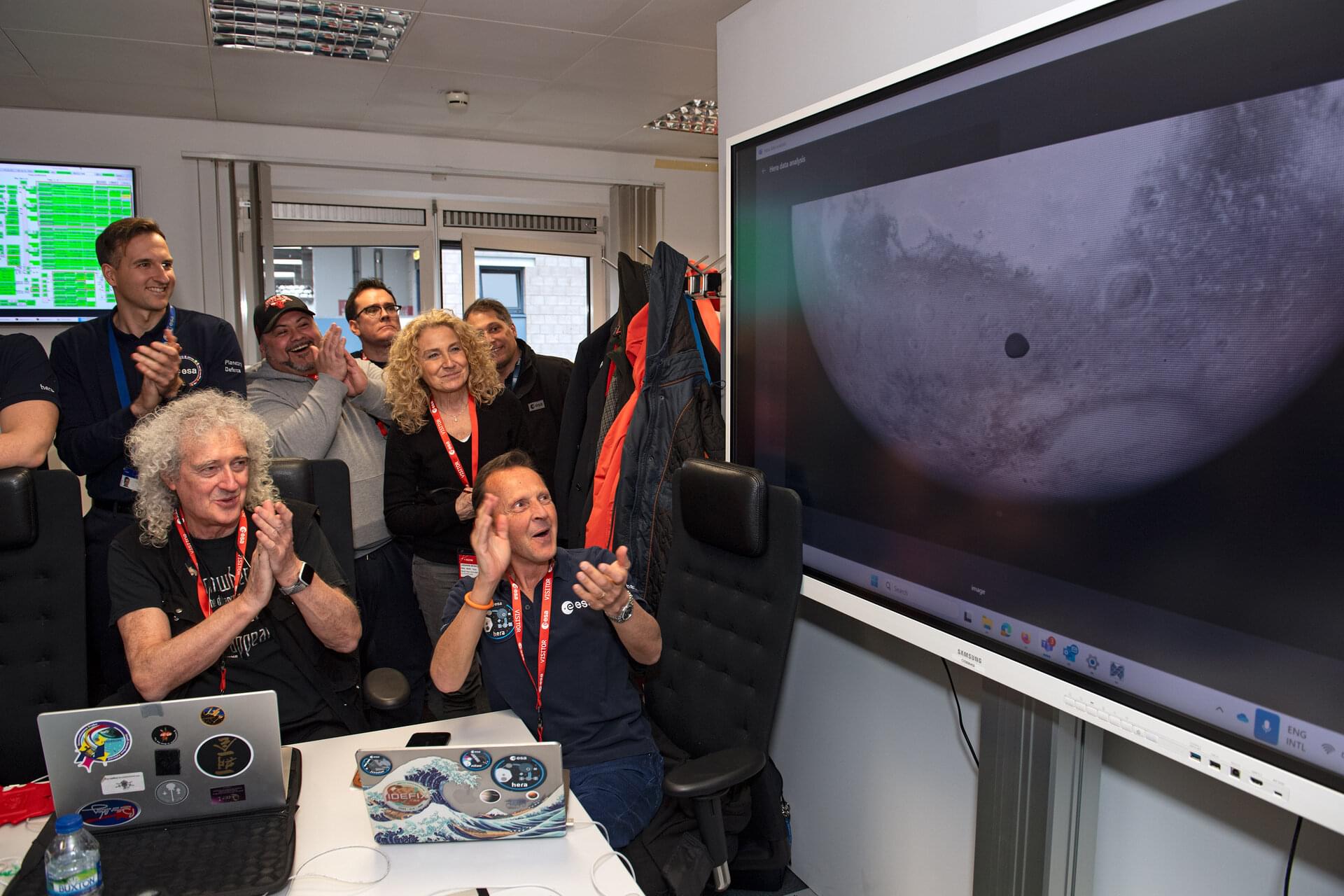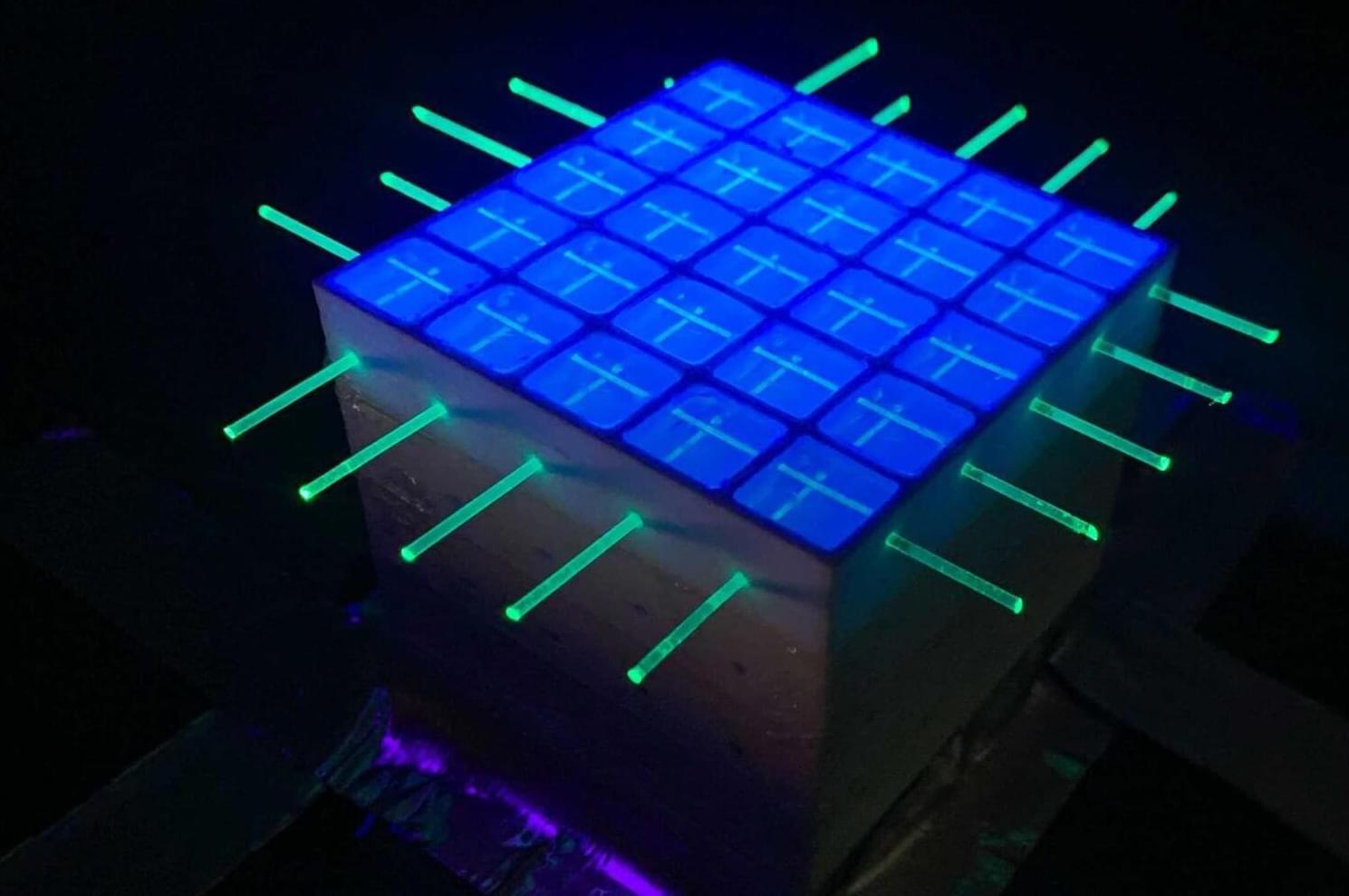Coal ash in the U.S. holds substantial rare earth elements, potentially reducing dependence on imports, with ongoing research and pilot projects working to make extraction economically viable.
Coal ash, the powdery residue left after burning coal for fuel, has accumulated across the United States for decades. New research from the University of Texas at Austin reveals that this vast supply contains enough rare earth elements to significantly strengthen the nation’s reserves without the need for additional mining.
“This really exemplifies the ‘trash to treasure’ mantra,” said co-lead author Bridget Scanlon, a research professor at UT’s Bureau of Economic Geology at the Jackson School of Geosciences. “We’re basically trying to close the cycle and use waste and recover resources in the waste, while at the same time reducing environmental impacts.”

